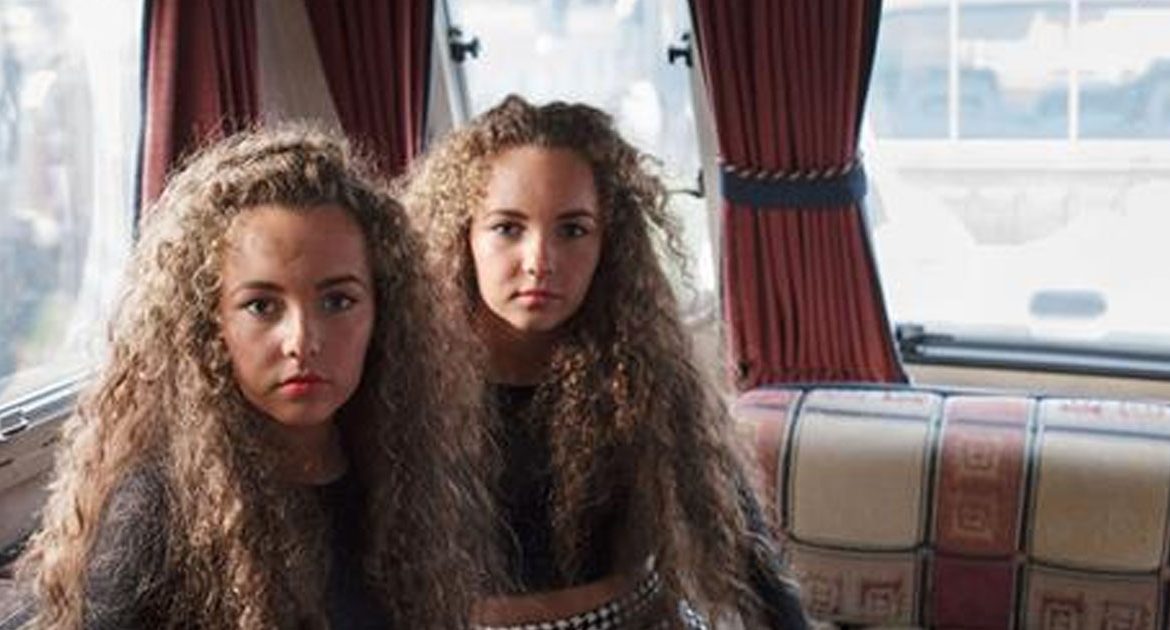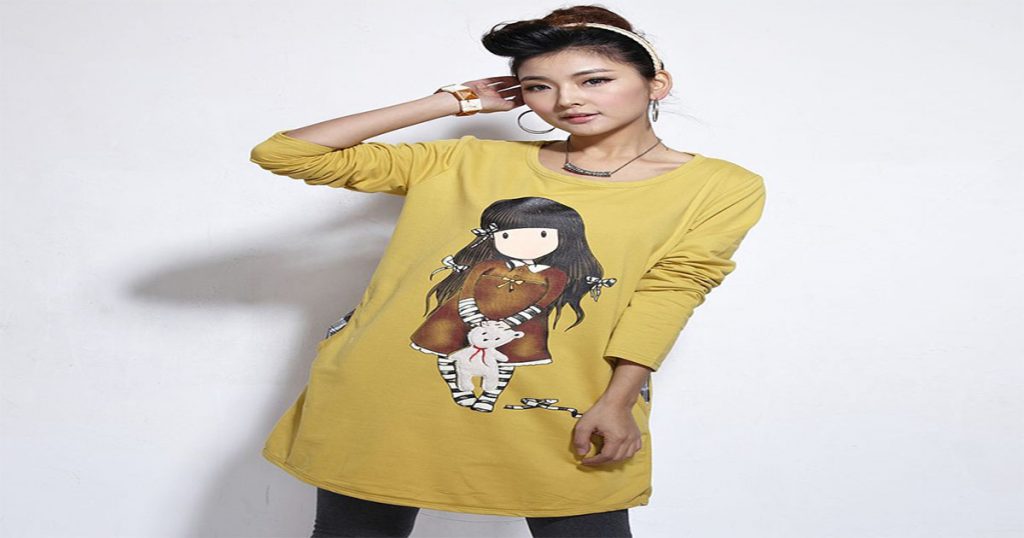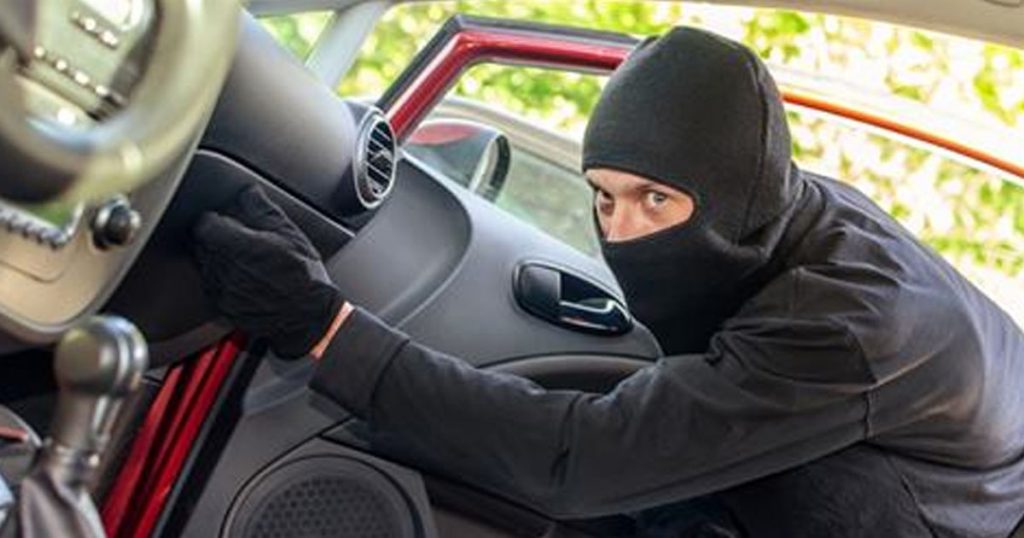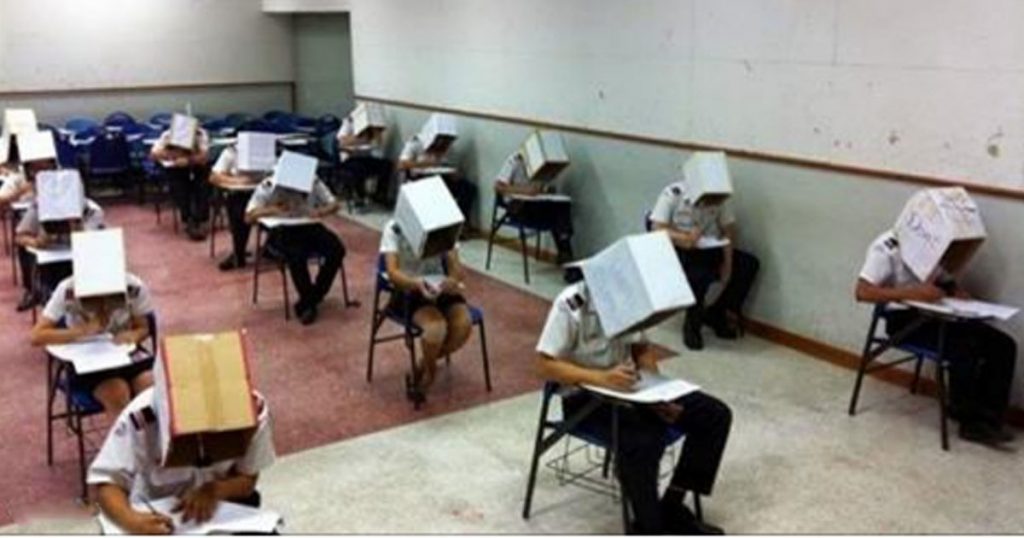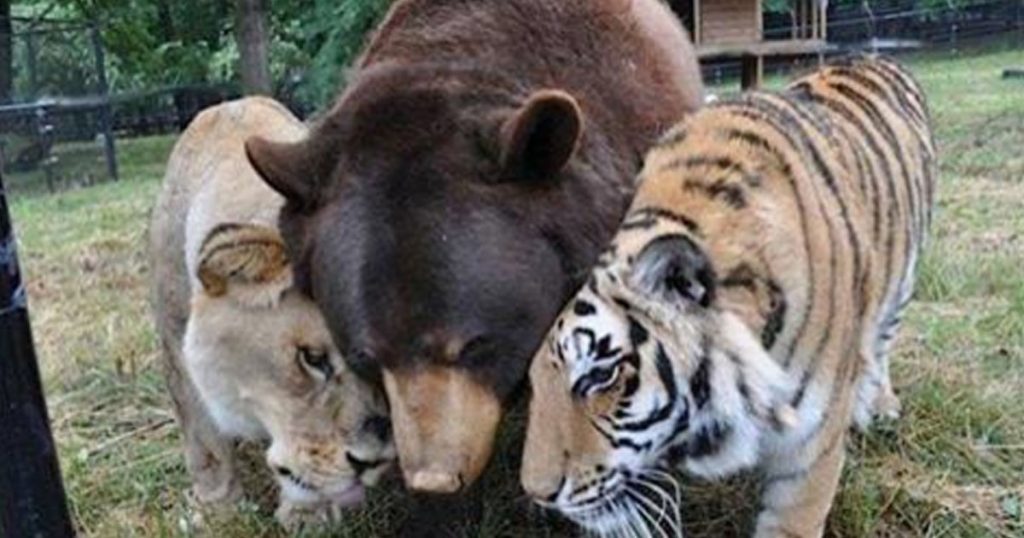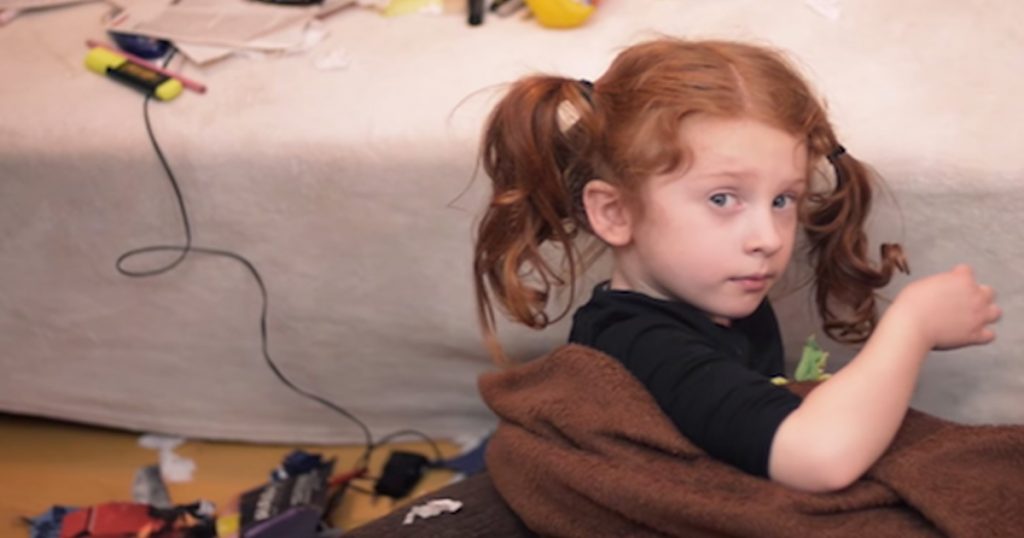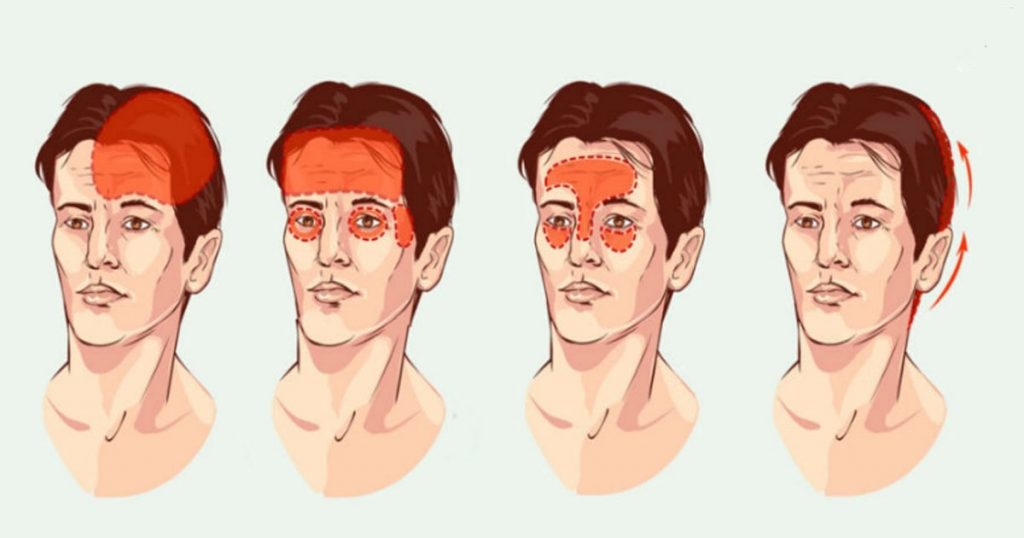One photographer spent four years gaining unprecedented access to this close-knit community.
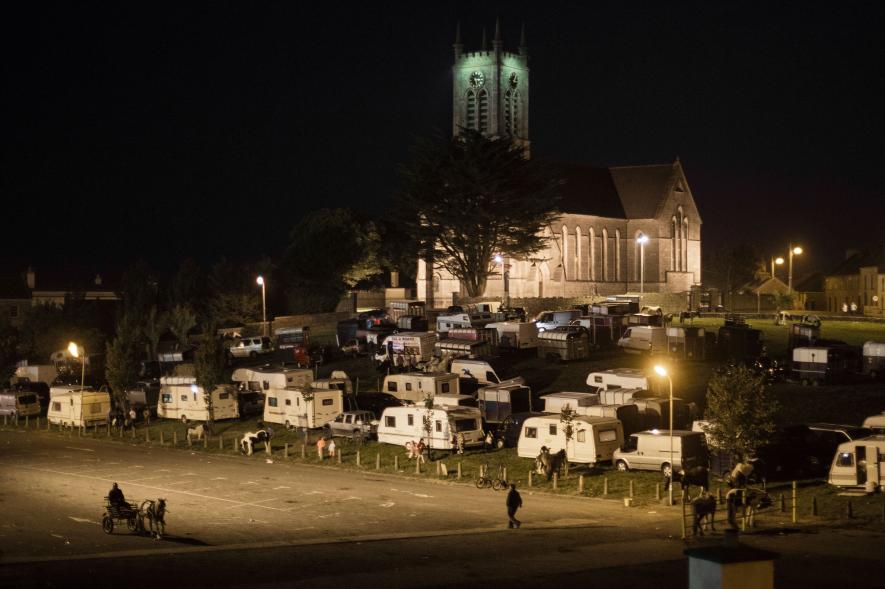
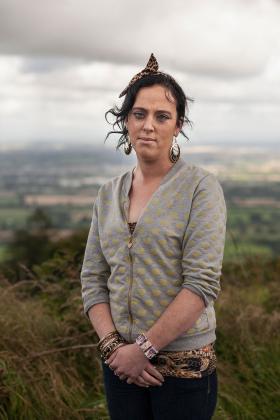
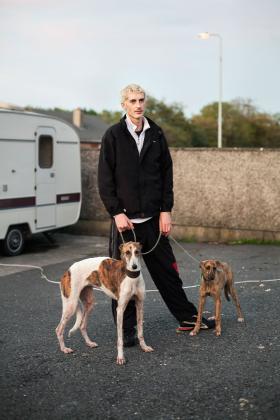
When Birte Kaufmann first encountered Irish Travellers, she was on a trip with friends in the Irish countryside and saw a girl and her little brother running toward a roadside camp. The caravans and horses reminded Kaufmannn, who is German, of the Romany camps she had seen elsewhere in Europe, but the people looked intriguingly different.
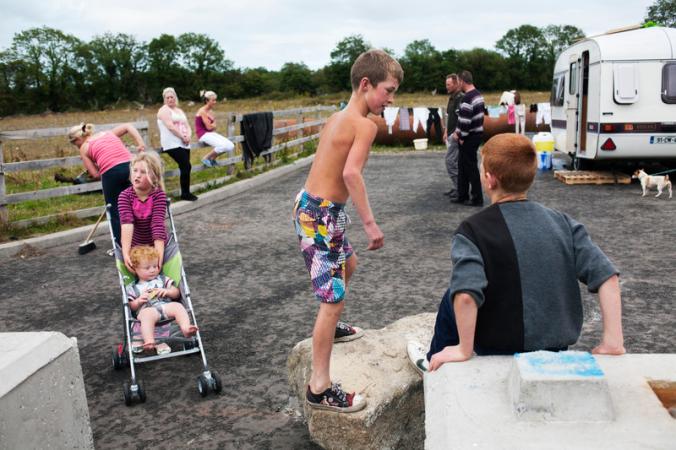
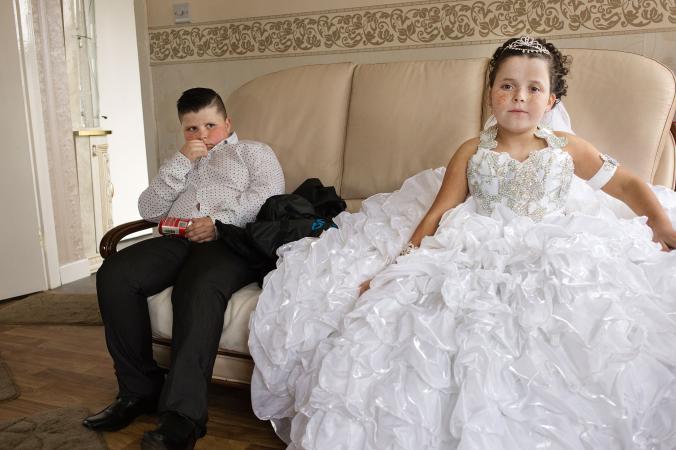
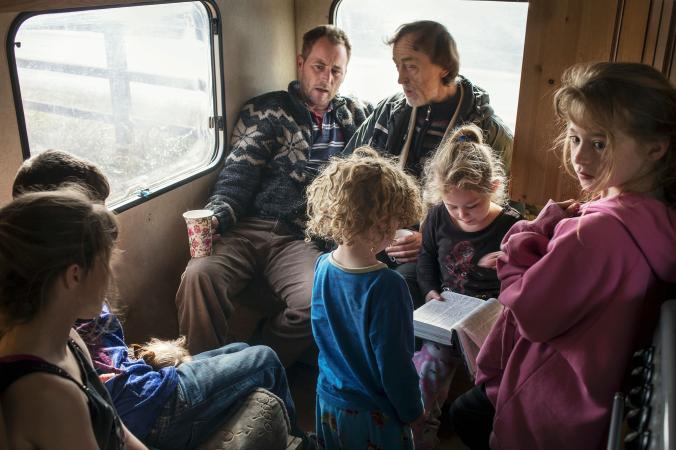
Who were they, she wondered, and how could she delve deeper into their culture?
«People said, You’ll never get an insight into that community—forget about it,» Kaufmann recalls of sharing with Irish friends her burgeoning plans to photograph the close-knit Travellers.
An ethnic minority in Ireland, the Travellers have lived on the margins of mainstream Irish society for centuries. Efforts have been made to incorporate the nomadic group into mainstream culture by settling them into government housing and enforcing school attendance. But even living among «settled people,» they face ongoing discrimination.
Kaufmann describes theirs as a parallel world, where deeply-rooted gender roles and an itinerant lifestyle have kept them apart from the broader Irish community even as their freedom to roam has become increasingly curtailed.
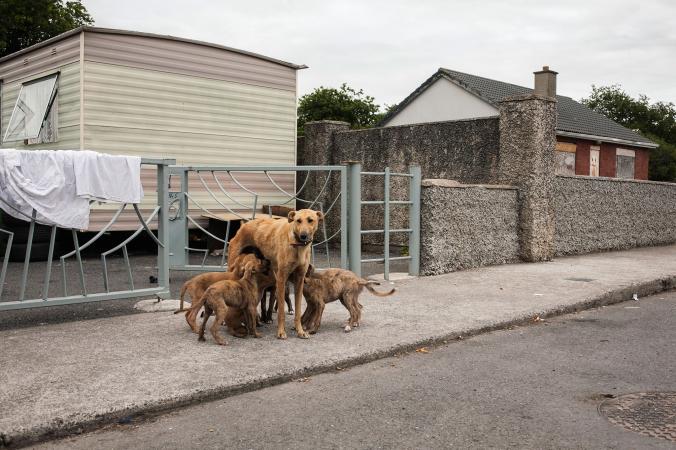
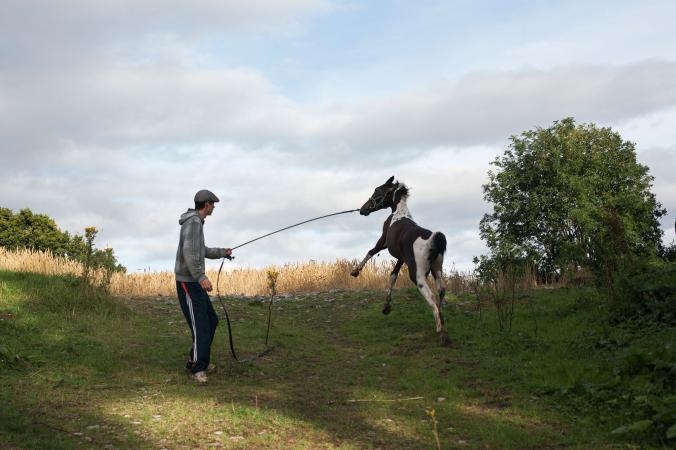
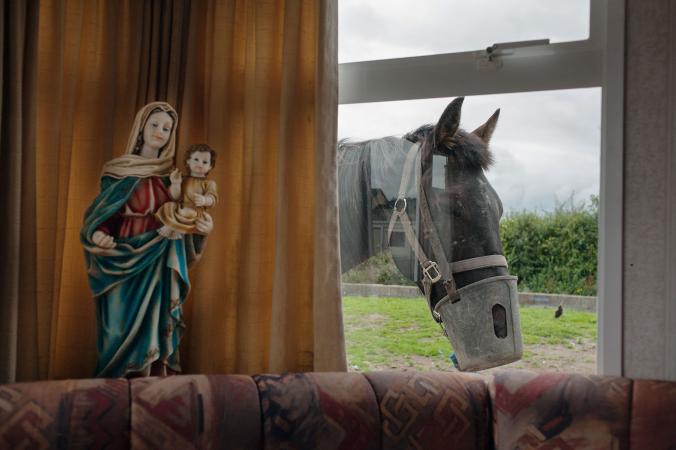
To gain access to the community, Kaufmann first attempted to engage through human rights groups that work with them—to no avail. So she decided to do it «the hard way,» she says. She had heard about a “halting site”—walled areas on the outskirts of large towns that contain houses as well as spaces for caravan parking—and on her next trip to Ireland, she simply showed up.
She was met by barking dogs, one of which bit her. A young woman approached, speaking English with an accent so thick that Kaufmann had trouble comprehending. Undeterred, she decided to lay her cards on the table. «I was really honest. I told [her] I was coming from Germany, where we don’t have our own traveling community, [that] I knew who they were and was interested in how [they live],» Kaufmann recalls.
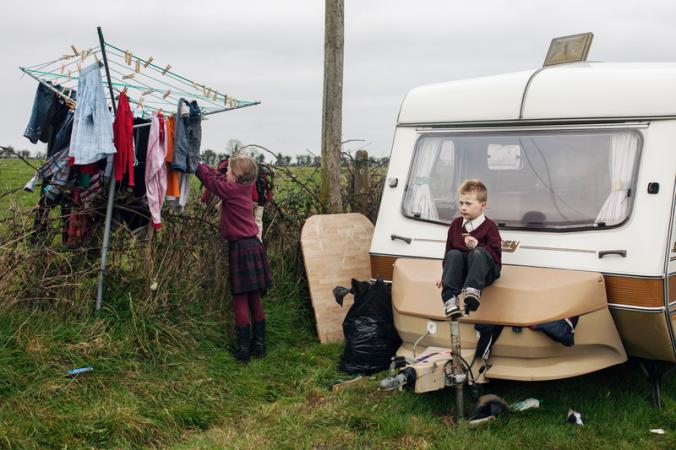
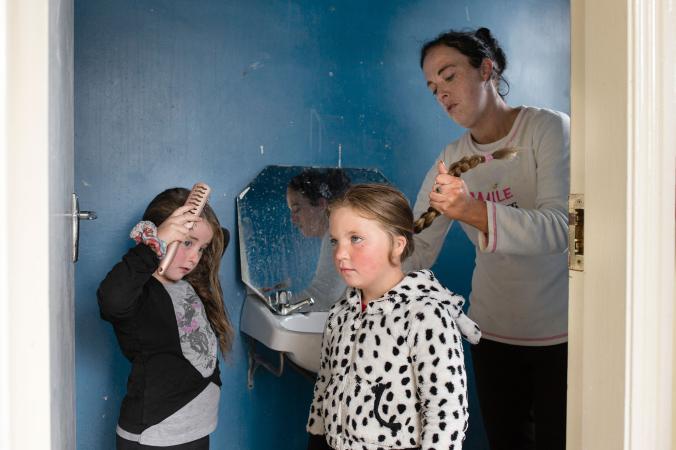
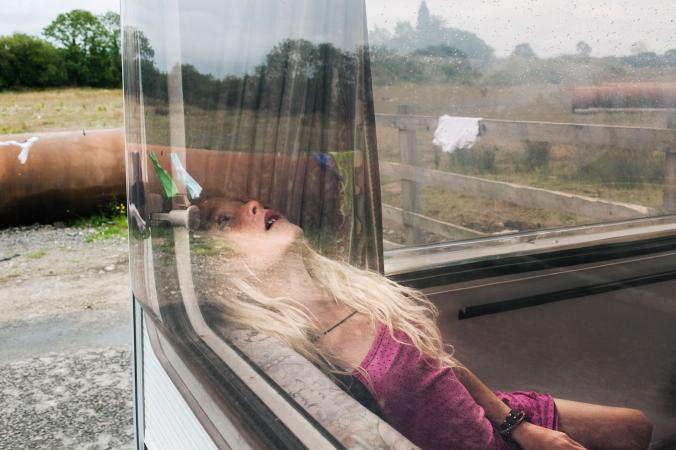
The young woman «was totally surprised, but finally they invited me for a cup of tea. I was sitting in a caravan with her grandfather. I asked them if I could come back and stay with them.» Kaufmann says they chortled, as if to say, Yeah, right.
When she next returned from Germany, it was with a camper van of her own, so that she could stay alongside the extended family clan that would become the focus of her project. «I knew it was a high risk,» she says, “but I gave them some pictures I had taken in the caravan of the grandfather. And they said, ‘Ok. Now you’re here. We have the images. One cup of tea. Now go. We are busy.'»
As a photographer, and especially as a woman, Kaufmann was something of a novelty given the strictly defined gender roles of the Traveller community—men tend to the horses and livestock, women to home and family. Girls marry young and only with the blessing of their parents. Men don’t typically speak to women in public.

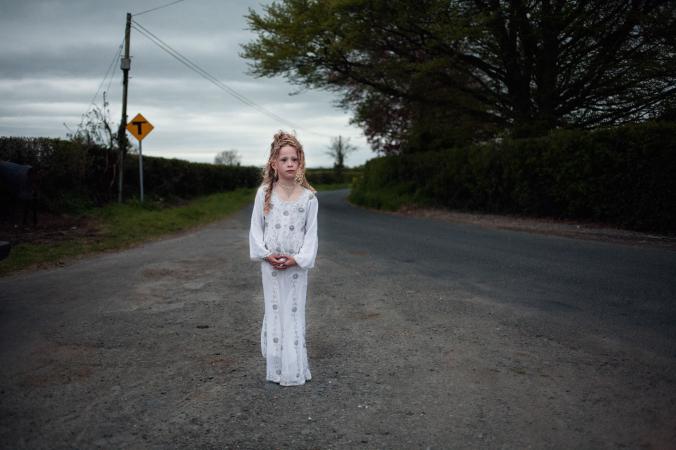
She slowly gained their trust to the point that one of the family members—a young mother who took a particular shine to her and was perhaps even amused at her struggle to understand what they were saying—began teaching her Gammon, their unwritten language.
«She tried to teach me words to say if the guys are being rude,» she says. «And then the father started telling me what I should say. [They] tried to make me feel more comfortable.» Her knowledge of words selectively and seldom shared with outsiders demonstrated to other Travellers that one of their own had trusted her enough to share.
And in turn, understanding how they communicate with each other helped her get past the sense of feeling unwelcome and deepened her appreciation of their differences. «At first [the talk] sounds really rough,» she says. «Then there was this point at which I realized it was their language. They don’t really call anyone by name. It’s ‘the woman over there,’ ‘the man over there,’ ‘the child,'» she explains. «It’s not personal, [but] at first it sounds very rude.”
Kaufmann made multiple visits to the family over the course of four years, eventually living with them. The men gradually accepted her and allowed her to photograph them hunting and trading horses at a fair. She was able to blend into the background and photograph them as an unobtrusive observer of their everyday lives—lives, she says, that are filled with a lot of idle time. As Ireland becomes less agrarian, the Travellers’ traditional work as horse traders, farm laborers, tinsmiths, and entertainers has become more scarce.
«The older generations can’t read or write,» Kaufmann says, «but they have their own intelligence. On the one hand life was so sad and boring because everything their lives were stemming from wasn’t there anymore. On the other hand there was this freedom—they live their lives in their own way.»
And then, she says, she found herself taking no photographs at all. «One of the boys who really didn’t like to be photographed said, ‘Do you know what’s really strange with Birte now? She’s here and she’s not really photographing anymore.'»
And that’s when she knew her project was done.
